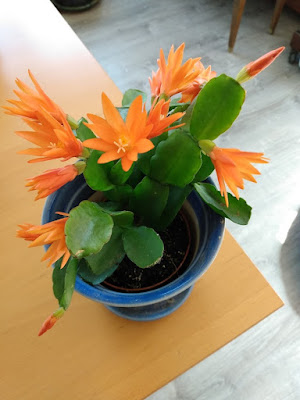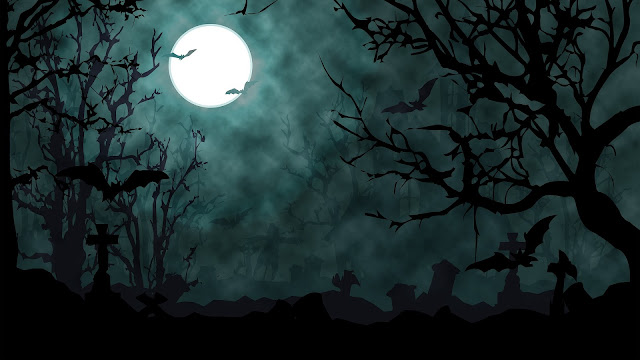The Beauty of Algernon Blackwood's Ghost Stories
I’ve been reading Algernon Blackwood’s ghost stories.
In case you don’t already know, Blackwood (1869 to 1951) was an English journalist and author. He was one of the most prolific ghost story writers of his time. “The Willows,” considered his best work, influenced many horror writers, including H.P. Lovecraft.
Blackwood was an expert at crafting an atmosphere of dread. His rich and vibrant descriptions were particularly effective at setting the scene for one of his favorite themes—Nature as a sinister force.
One of the challenges I face as a writer and storyteller is balancing description and narrative. Should I fully flesh out the scene (but risk slowing the reader down), or should I drive the narrative forward by keeping my descriptions spare?
 |
| Photo: Aislinn Brander at Pixabay.com |
A lot depends, of course, on the story you’re trying to tell. It is worth noting that Blackwood wrote in a different time in which the pace of life admittedly was slower. I personally think most readers will appreciate some description, especially if the writing is as good as Blackwood’s.
I’ve reproduced paragraphs from three of his stories that I find especially powerful. In “The Willows,” for example, I love the fluidity of how he described the plants’ movements. You can almost hear them swish in the wind through his choice of words and pacing.
The Willows
The story is about two friends who are stranded on a sandy island while taking a canoe trip down the Danube River. There is something odd about the willow saplings that grow on the island.
“These willows never attain to the dignity of trees; they have no rigid trunks; they remain humble bushes, with rounded tops and soft outline, swaying on slender stems that answer to the least pressure of the wind; supple as grasses, and so continually shifting that they somehow give the impression that the entire plain is moving and alive. For the wind sends waves rising and falling over the whole surface, waves of leaves instead of waves of water, green swells like the sea, too, until the branches turn and lift, and then silvery white as their under-side turns to the sun.”
The Wendigo
“The Wendigo” is another well-regarded story. It involves an ill-fated hunting trip in which one of the party goes missing.
“A sky of rose and saffron, more clear than any atmosphere Simpson had ever known, still dropped its pale streaming fires across the waves, where the islands—a hundred, surely, rather than fifty—floated like the fairy barques of some enchanted fleet. Fringed with pines, whose crests fingered most delicately the sky, they almost seemed to move upwards as the light faded—about to weigh anchor and navigate the pathways of the heavens instead of the currents of their native and desolate lake.”
 |
I'll end with “The Glamour of the Snow,” in which a man is attracted to a young woman who appears to him one snowy night from out of nowhere.
“His eye rested a moment on the square stone tower with its frosted cross that pointed to the sky: then travelled with a leap of many thousand feet to the enormous mountains that brushed the brilliant stars. Like a forest rose the huge peaks above the slumbering village, measuring the night and heavens. They beckoned him. And something born of the snowy desolation, born of the midnight and the silent grandeur, born of the great listening hollows of the night, something that lay ’twixt terror and wonder, dropped from the vast wintry spaces down into his heart—and called him.”



I would like to say that this blog really convinced me to do it! Thanks, very good post. Real Ghost Stories
ReplyDeleteThis comment has been removed by the author.
DeleteThanks David! If you like gothic horror, you'll like Algernon Blackwood's stories. I'll check out your recommendation above.
Delete